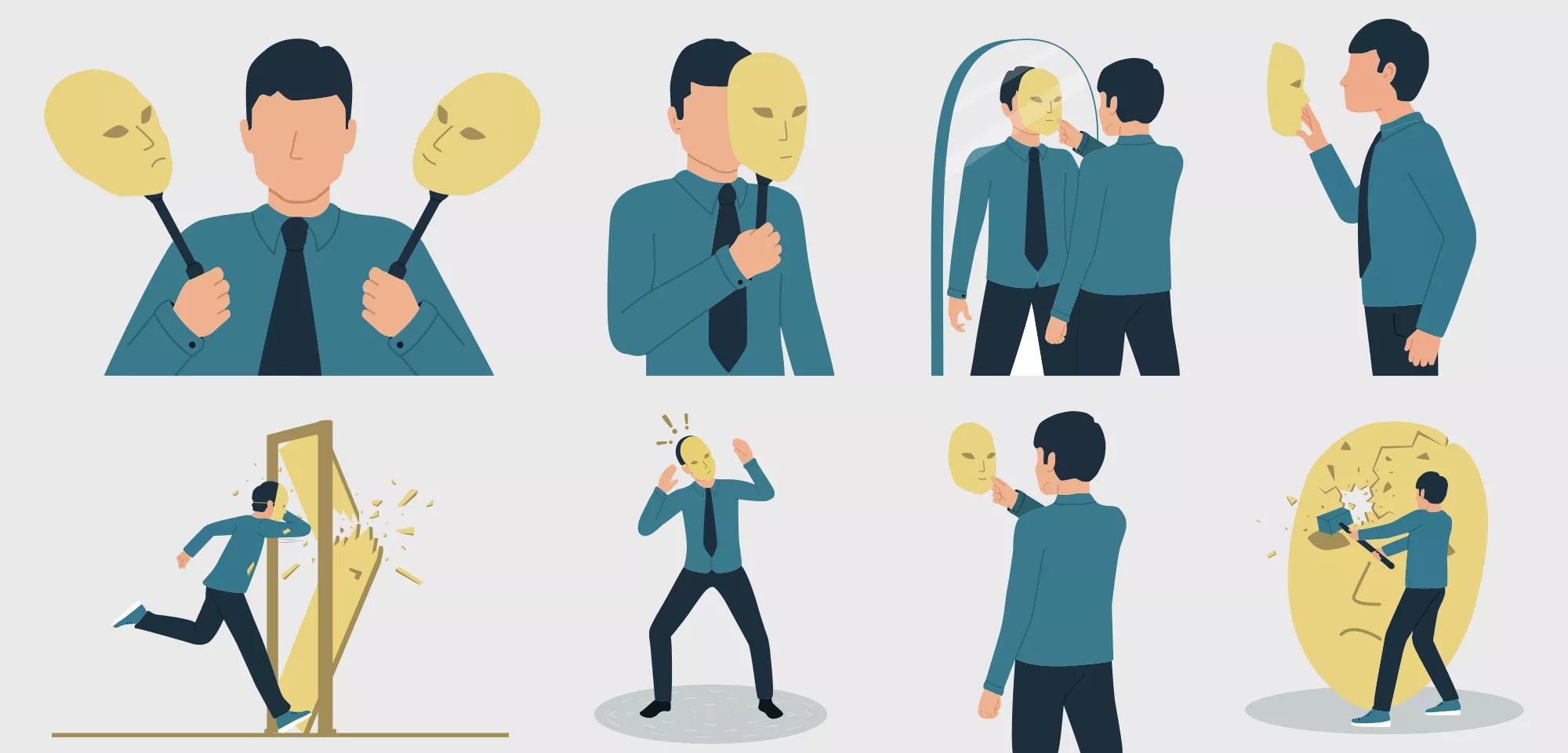ATD Blog
How to Embrace Imposter Syndrome for Better Results
Fri Dec 20 2024

A majority (71 percent) of CEOs face imposter syndrome during their leadership, according to Korn Ferry. While we might not all be CEOs, most of us experience imposter syndrome at some point.
The Label and the Human Condition
It’s perfectly natural to feel like a fraud—whether it’s when facing a new job, environment, or large challenge.
But there’s an interesting thing about the human mind. If we label it, in this case, imposter syndrome, it often becomes that very label we want to avoid.
Moreover, labels make it seem like we are the problem.
It’s worth remembering where the term came from. Doctors Pauline Rose Clance and Suzanne Imes originally referred to the “Imposter Phenomenon” in their 1978 paper: “The Imposter Phenomenon in High Achieving Women: Dynamics and Therapeutic Intervention.”
Interestingly, their paper was specifically about high-achieving women, and it never used the term “syndrome.” That was later added when psychologist Carol Tavris used both phenomenon and syndrome in her 1982 Vogue article, “Your Life, Your Health—Who’s in Control?”
Why do all these details matter?
In short, feeling like a fraud is a perfectly normal experience of the human condition. If we don’t doubt ourselves at times, we plow on making mistakes and missing details blinded by overconfidence.
Instead, self-doubt allows us to reflect, check, and improve on ourselves.
Of course, some cases can and do turn into a pathological syndrome, but it’s vital to understand and face the cause rather than jump onto symptoms.
To manage imposter feelings, understand the root cause:
How does your environment or work culture support or hinder your confidence? What is within your control to change? We can all do our part to nurture belonging as part of our work culture, including promoting book clubs, for example.
Who or where are your allies such that you both support and promote each other? Feeling like you’re the only one in the trenches can turn into an imposter phenomenon.
What biases or stereotypes operate around you? Sometimes we are hired into a leadership role because we are different, and this can quickly lead to feelings of not belonging and of being a fraud.
Embrace the Whole of You
When facing imposter feelings, many try logic and reframing or mind over matter. “While these are valid techniques, the cognitive approach can only take you so far because imposter feelings are driven by emotions that want to be heard.”
Instead, the art is to embrace all our emotions, an approach that can be built on the foundations of emotional intelligence at work. In the language of Internal Family Systems, we welcome all our internal parts.
Essentially, we all have a family of inner parts, and it is within our power to embrace them. As such, we mediate harmony by leveraging our inner compassionate and confident core self.
Everyone can connect to that inner core and become more grounded and at peace with their parts, including the imposter ones. The power of the approach is that it targets both our logical and emotional minds.
Collaborate with your imposter part:
Imagine your imposter part as a separate entity with shape and color, and try to get to know it. While this might sound strange, it naturally creates a space so that the emotions become less overwhelming.
Practice self-compassion both toward yourself and your imposter part. It has been trying to protect you, even if over-enthusiastically. By highlighting self-doubt, it might be telling you to change your approach, for instance.
Note when the imposter feelings come up and how they influence you. Sit with the emotions to deepen your understanding, and with time, they will gradually dissipate.
Embrace Your Imposter Part for Future Success
Working with the mind means blending both logic and emotions. Most importantly, we need to deal with the root cause of imposter feelings.
So, reflect on your inner imposter voice and collaborate with it. Furthermore, review how your environment and those around you perhaps feed the imposter part within you.
As you connect with your imposter part and gradually shift what is within your control to change, you’ll find yourself feeling more grounded and self-assured.

